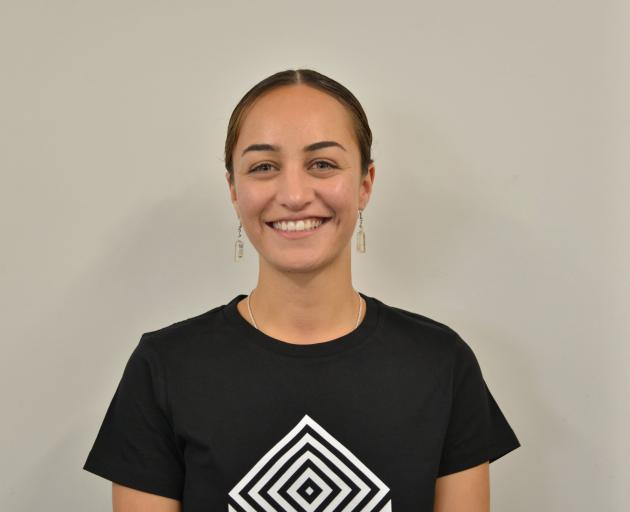
As part of its coalition agreement, the National-led government will "examine the Māori and Pacific admission scheme and its Otago equivalent to determine if they are delivering the desired outcomes".
Otago University Students’ Association te rōpū Māori tumuaki (head) Haki Hamilton echoed concerns from outgoing OUSA president Quintin Jane, who called the proposed review a "racist dog-whistle".
"I would really like to see this proposal challenged or changed," Mr Hamilton said.
"When you look at the term ‘desired outcomes’, it really must been seen in the context of the rest of the agreement."
He said the coalition government’s decision to axe the Māori Health Authority spoke volumes.
"It was created just over a year ago, and it hasn’t had the chance to flourish.
"It wasn’t put in place to segregate but to bring forth new approaches to the health system in general."
The Māori entry pathway means students need to reach the minimum grade threshold, be committed to giving back to Māori communities, and have whakapapa to be accepted into the second-year programme.
Māori health statistics were "at the bottom of the barrel" and something needed to change, Mr Hamilton said.
"The medical school pathways were put in place to address inequities in the health system, particularly when it comes to a shortage of Māori doctors and health professionals.
"Māori representation in medical schools ensures ongoing attention for Māori health outcomes, particularly for those on the receiving end of the services."
The decision to axe the Māori Health Authority meant it was "very clear" what "examining" the pathways really meant, Mr Hamilton said.
Tumuaki of the Otago Maori medical students’ association Te Oranga ki Ōtakou Toni Hoeta said New Zealand needed more Māori and Pasifika doctors at graduate level for all specialties to achieve demographic proportionality at specialist level.
"To achieve this in any meaningful timeframe would require a level of Māori representation among medical students that is greater than Māori representation in the New Zealand population," Ms Hoeta said.
Despite the fact Māori made up more than 16% of New Zealand’s population and Pasifika 8%, Ms Hoeta said 4.1% and 2.1% of doctors were Māori and Pasifika, respectively.
"Māori and Pasifika populations experience greater health needs, creating a needs-based argument for greater than demographic proportionality among the medical workforce."
There had been real progress made over the past few decades, and removing those pathways could see society "go backwards".
"These pathways are a reflection of a society as a whole.
"We really need to have a conversation about what is happening in our health system," she said.
The Otago Daily Times asked both Act New Zealand, who required the review as part of their coalition deal, and the National Party, what the "examination" would look like, when it would take place, what the "desired outcomes" would be and what would happen if they were not achieved.
Representatives from both parties said no-one was available for comment yesterday, but an Act spokesman said these were now matters for the Cabinet.
Advertisement













